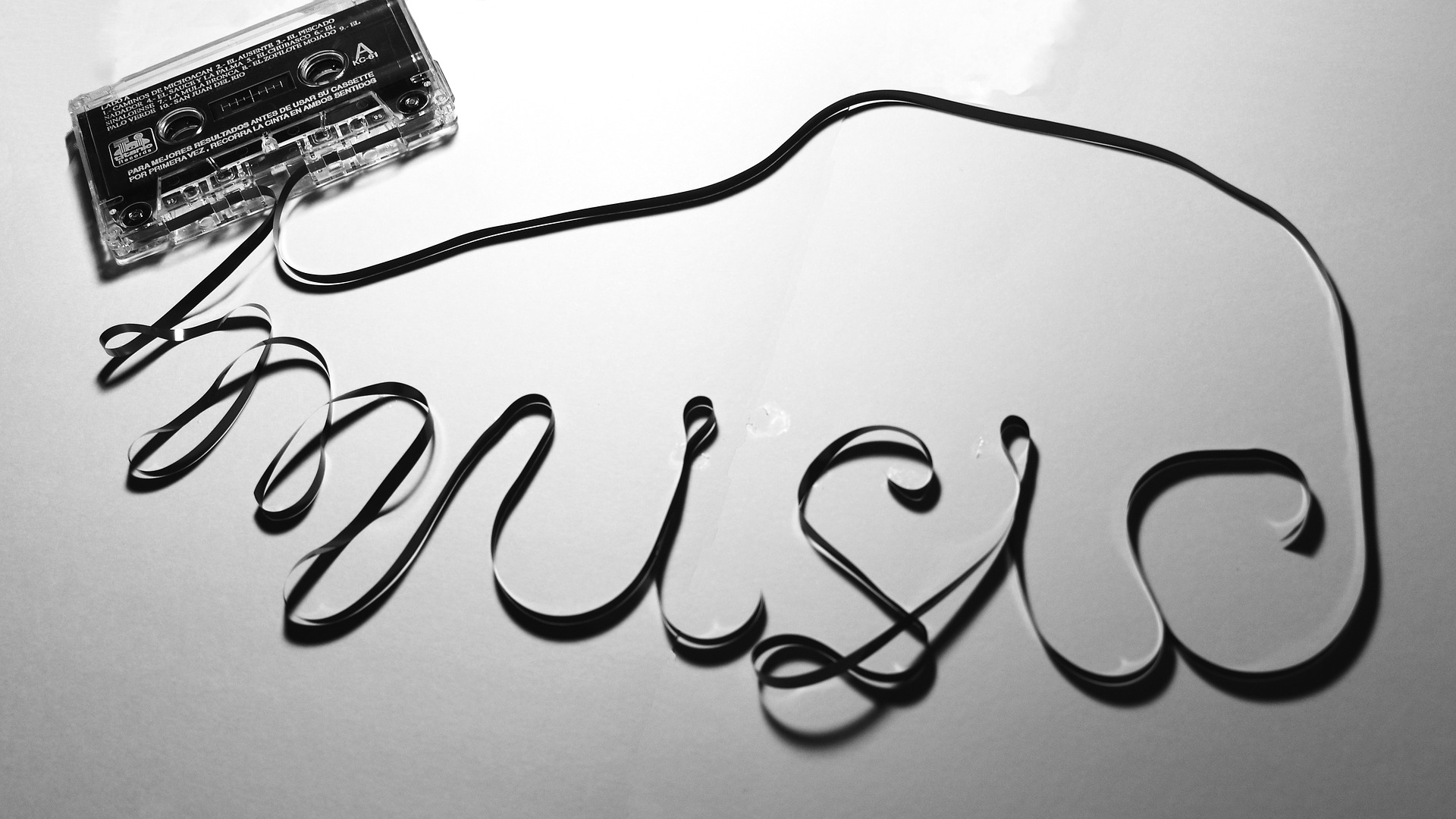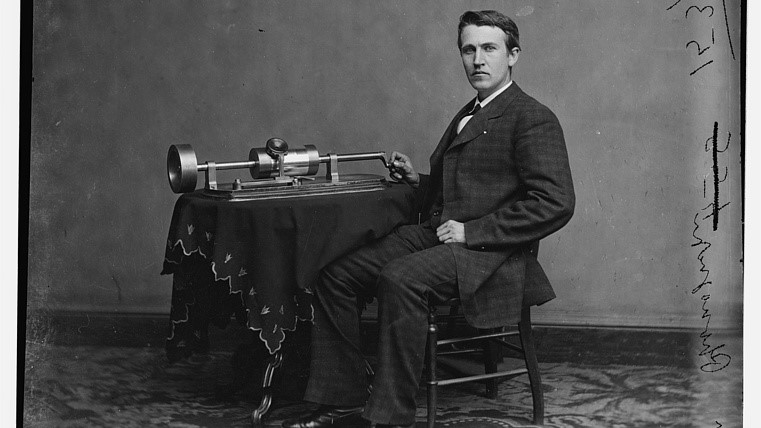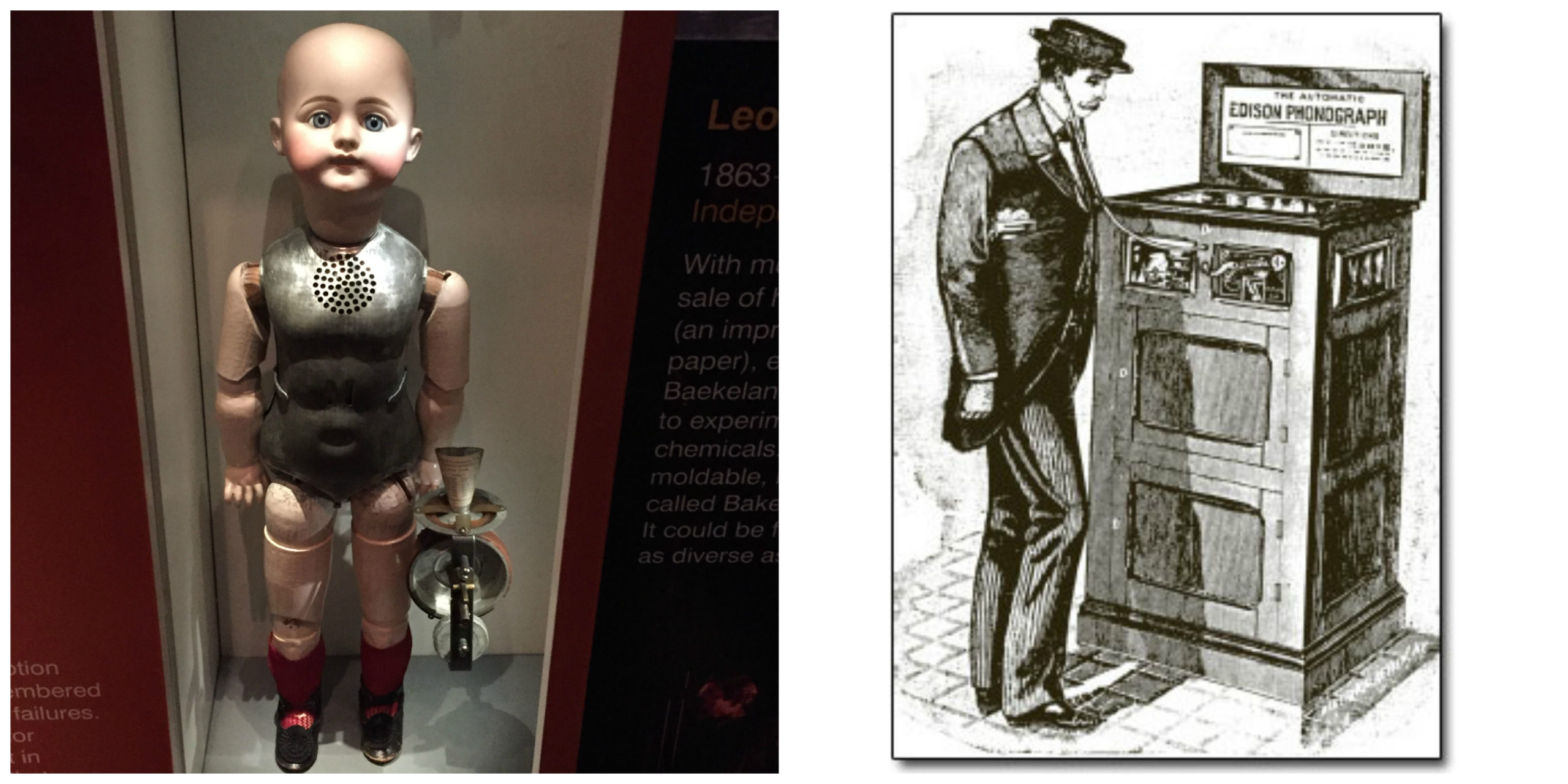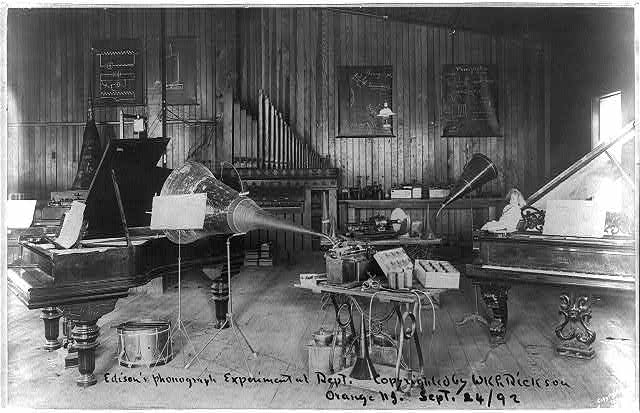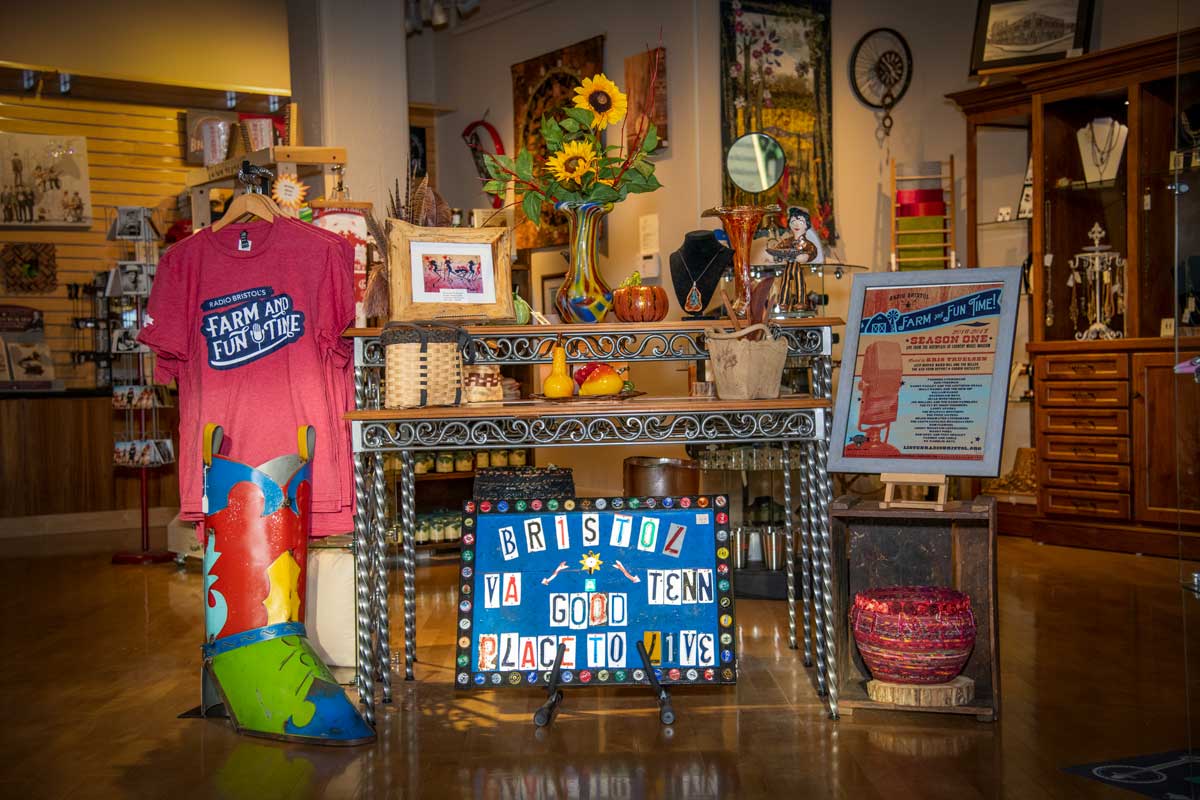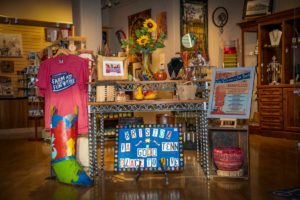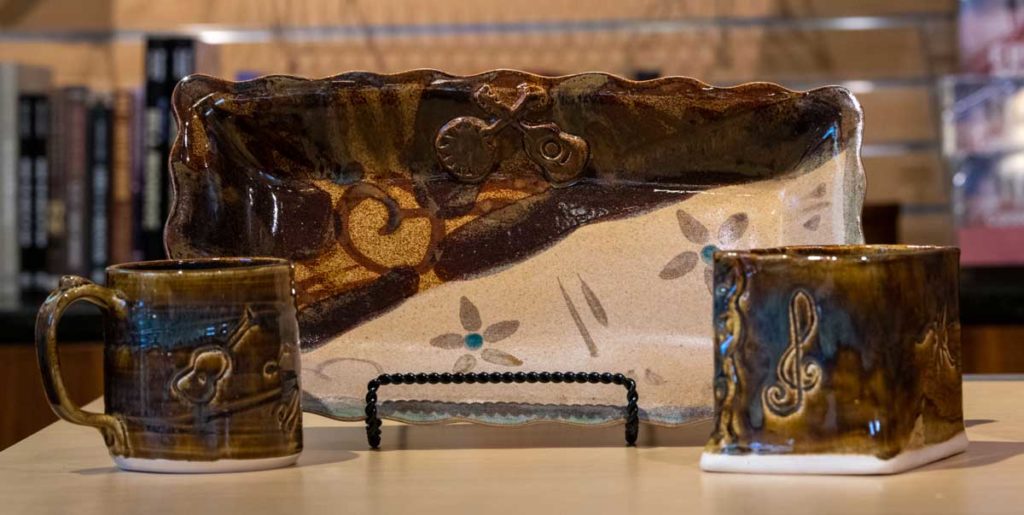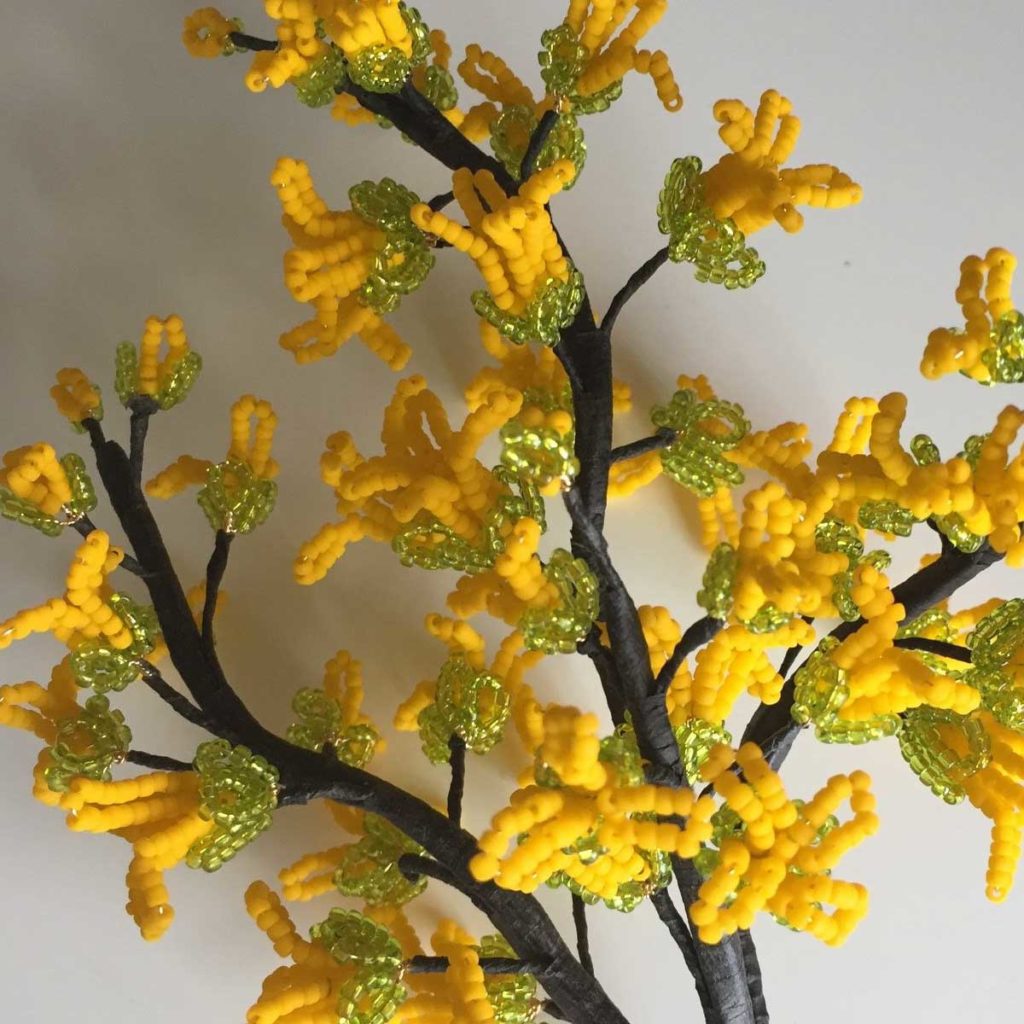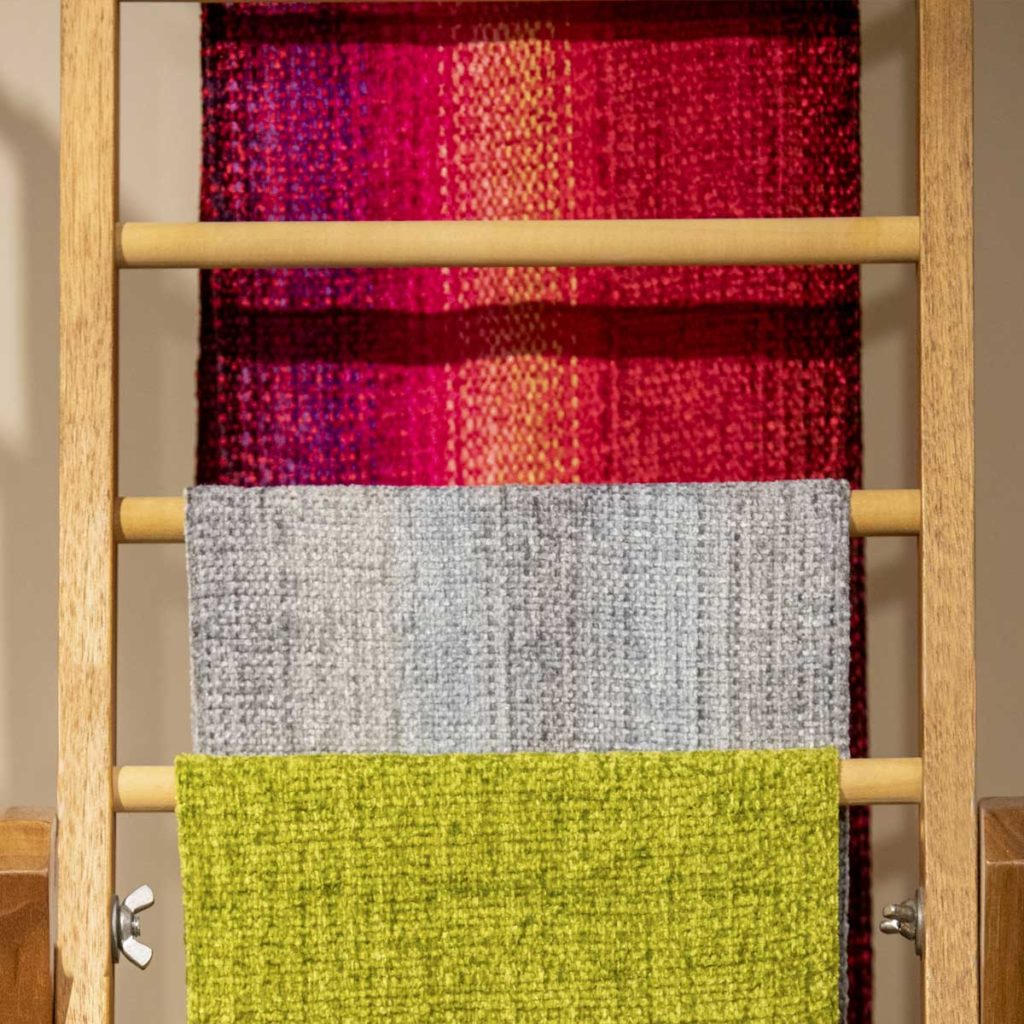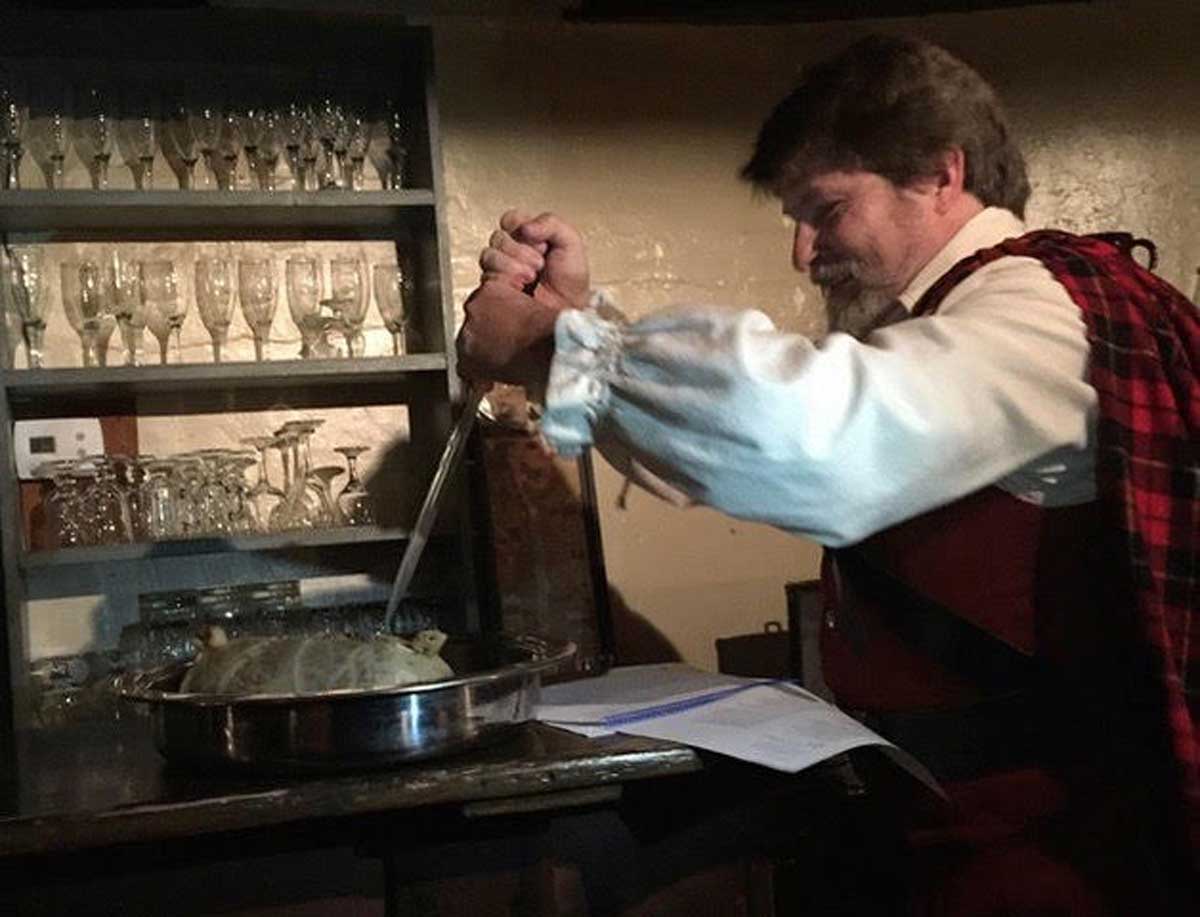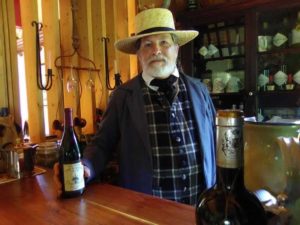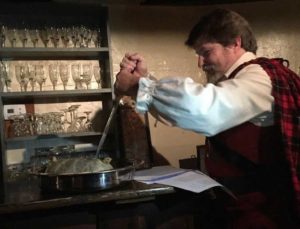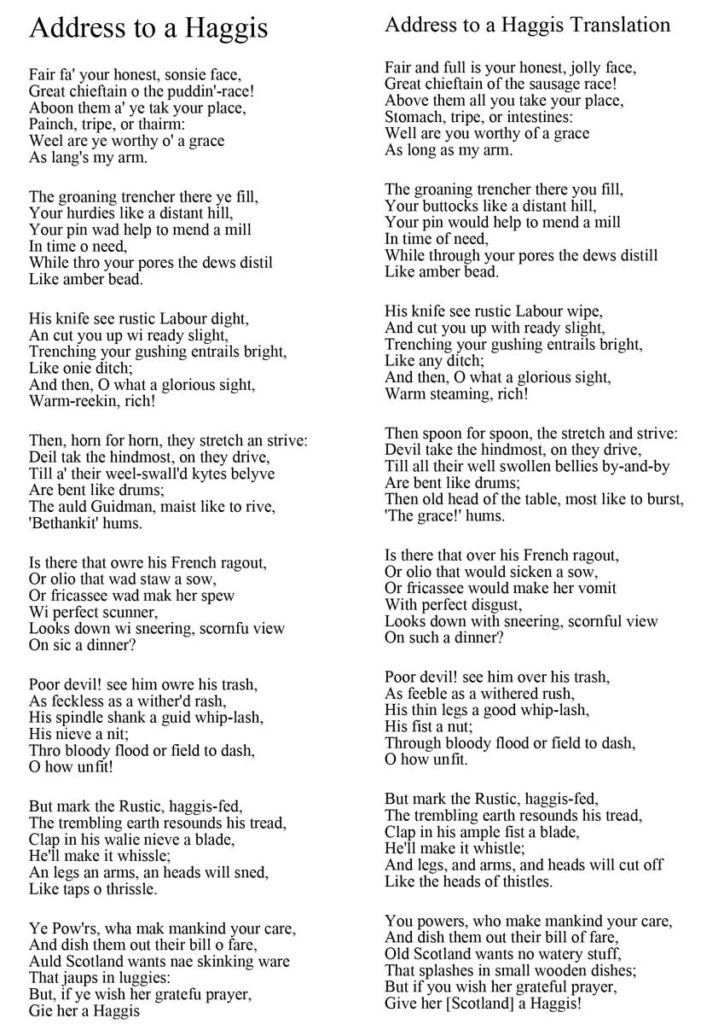For our “Pick 5” blog series, we ask members of the Radio Bristol team or our BCM staff to pick five songs within a given theme – from heartsongs to murder ballads and everything in between! Once they pick their “5,” they get the chance to tell us more about why they chose those songs. With a diverse staff of knowledgeable DJs, we’re sure to get some interesting song choices, which might introduce you to some new music, all easily accessible by tuning into Radio Bristol!
For this final “Pick 5” of the year, four members of staff shared songs with us that made them think of a new year, new beginnings, new resolutions, basically anything that rings in the new and says goodbye to the old, along with the fifth pick, an old and traditional favorite. This past year has been difficult on so many fronts – from the heartbreak and devastation of the COVID-19 pandemic and social justice issues to economic hardship and natural disasters to the isolation we’ve all felt, along with “murder hornets” and other oddities. While 2020 has been incredibly challenging, we’ve also found strength and courage, empathy and compassion within it, and so we can hold onto those feelings as we head into the new year – with just a few songs to help create a “new start” soundtrack to help us take those first few tentative steps forward!
“New Year’s Eve,” Jerry Douglas – June Marshall, Museum Manager
“On New Year’s Eve, swear I can change, become a child again… Let myself believe that the days to come are mine.”
I love remembering what it was like as a child when there were no adult worries yet and just taking things as they came and staying in the moment. Enjoying those moments for what they were. Some of these lyrics take me to that place again and bring joy to my heart once again…
“This Will Be Our Year,” The Zombies – Toni Doman, Grants Coordinator
In regards to new beginnings, The Zombies said it best:
- “You don’t have to worry
- All your worried days are gone
This will be our year
Took a long time to come.”
I picked this song because of the positive vibes and message within the lyrics, lighthearted and catchy melody, and references to the good things to come just over the horizon if we can just hang on a little while longer. We could all use a little more positivity; the forecast may call for rain but there are brighter and sunnier days ahead!
“New Day Rising,” Hüsker Dü – Scotty Almany, Digital Media, Programming, & Exhibit Logistics Manager
A song that comes up for me within the theme of “newness” is the title track from seminal Saint Paul, Minnesota punk rock band Hüsker Dü’s third album, New Day Rising.
The emotion from this song comes from its sound and delivery, especially because the lyrics are about 99% of the song’s title repeated throughout. There is an urgency that can be translated as triumph or motivation to persevere all depending on your current mood when you hear this one. It really gives me the same feeling that I felt from the “This too shall pass…” parable of King Solomon’s Ring, which is a lesson that has been a constant in my life since I first heard it as a teenager. For me, this makes it a perfect anthem for embarking on 2021. There is light on the horizon but plenty of work still to be done. There is a New Day Rising and how it goes has a lot to do with how we approach/navigate it.
“Somewhere Over the Rainbow,” Israel Kamakawiwo ‘ole – René Rodgers, Head Curator
I’ve always liked this song, ever since first hearing it sung by Judy Garland during my childhood viewing of The Wizard of Oz. But this tune became even more magical to me the first time I heard it sung by the much-missed and revered Hawaiian singer Israel Kamakawiwo ‘ole. The lyrics are simple and familiar, but Iz’s version with his lovely voice backed by ukulele (the happiest of instruments) just makes me feel hopeful and joyous. It makes me imagine that we can look beyond the rainbow to a better day, wish on stars for dreams, large and small, and move forward into the new year with purpose.
“Auld Lang Syne,” various
“Auld Lang Syne” is a New Year’s Eve tradition, and therefore there are hundreds of versions of this song out there in live performances, recordings, and movie and television soundtracks. You can find a version in every genre and by numerous artists — including a traditional “Celtic” version by Mari Campbell and Emily Smith, a Lou Rawls’ R&B cover, a punk rock interpretation by MxPx, a stringband performance in a stairwell by the US Army’s Six-String Soldiers, a sweet and soulful version by Daniel Dye and the Miller Road Band, and one wonderfully adorned with the Scottish pipes by the rock-fueled Red Hot Chili Pipers. But my personal favorite is the home-recorded bluegrass version by Reina del Cid below that I found on YouTube just by chance.
The song’s lyrics are from a 1788 poem by Scottish poet Robert Burns, and it was popularized in the United States by Guy Lombardo from his first New Year’s Eve performance of the song in 1939. “Auld Lang Syne” is literally translated as “old long since” and more familiarly thought of as “days gone by,” “long long ago,” and “old time.” The song is sung as a way of bidding goodbye to the past year, something I think so many of us are feeling we want to do to 2020 with an additional “good riddance.” However, leaving behind 2020 can’t be done without the remembrance of friends and family we’ve missed seeing and those we’ve lost, and without looking back on the hard lessons and truths we’ve learned with the intent of coming together to make the world a much better place. And so I take to heart certain lyrics in the song, from the additional meaning behind “for auld lang syne” as “for the sake of old times” to “And there’s a hand my trusty friend! / And give me a hand o’ thine!” to “a cup of kindness,” and look to the year ahead with those sentiments in mind.


